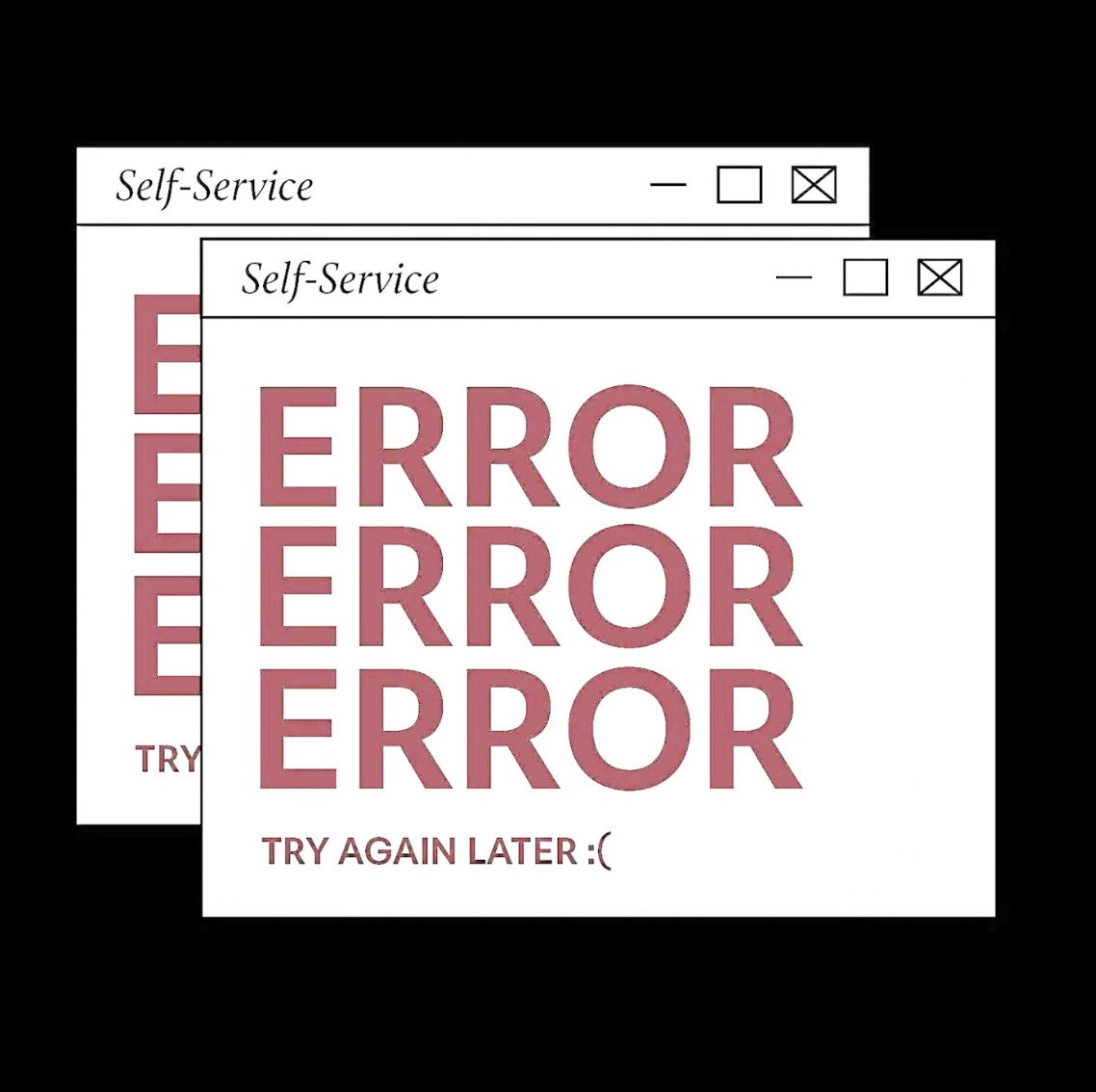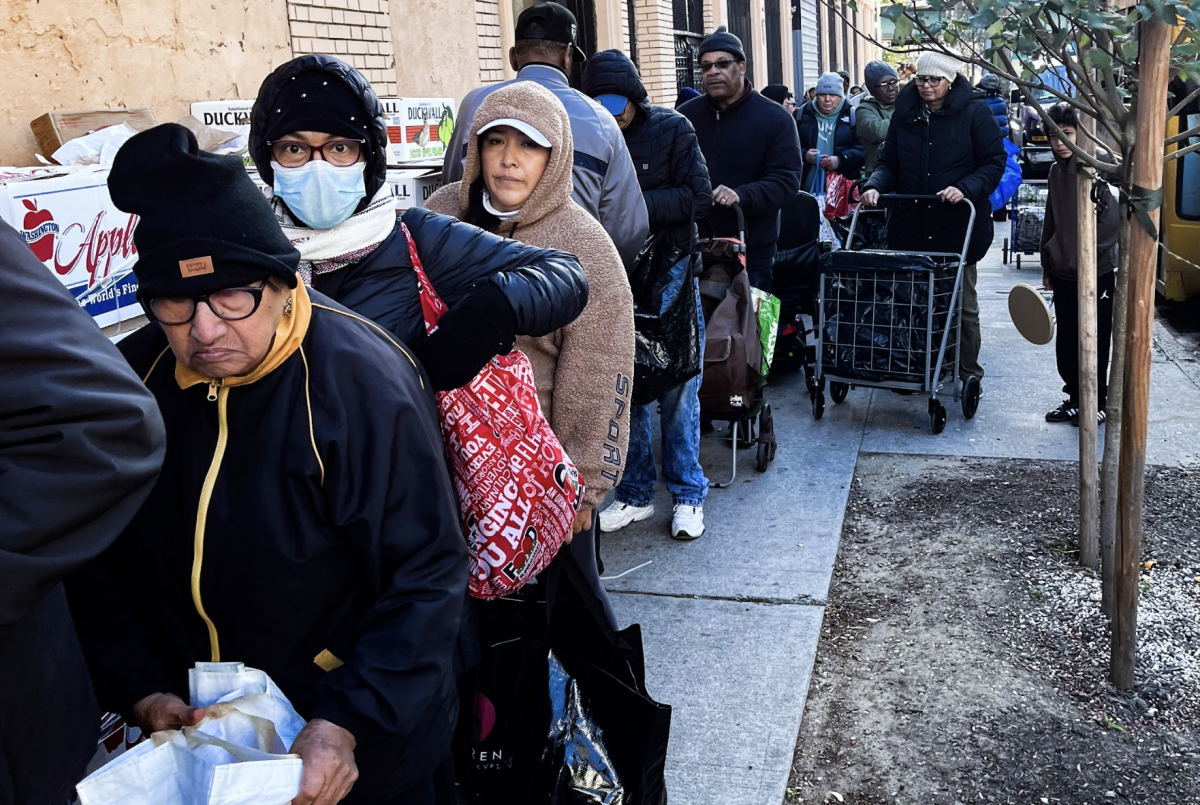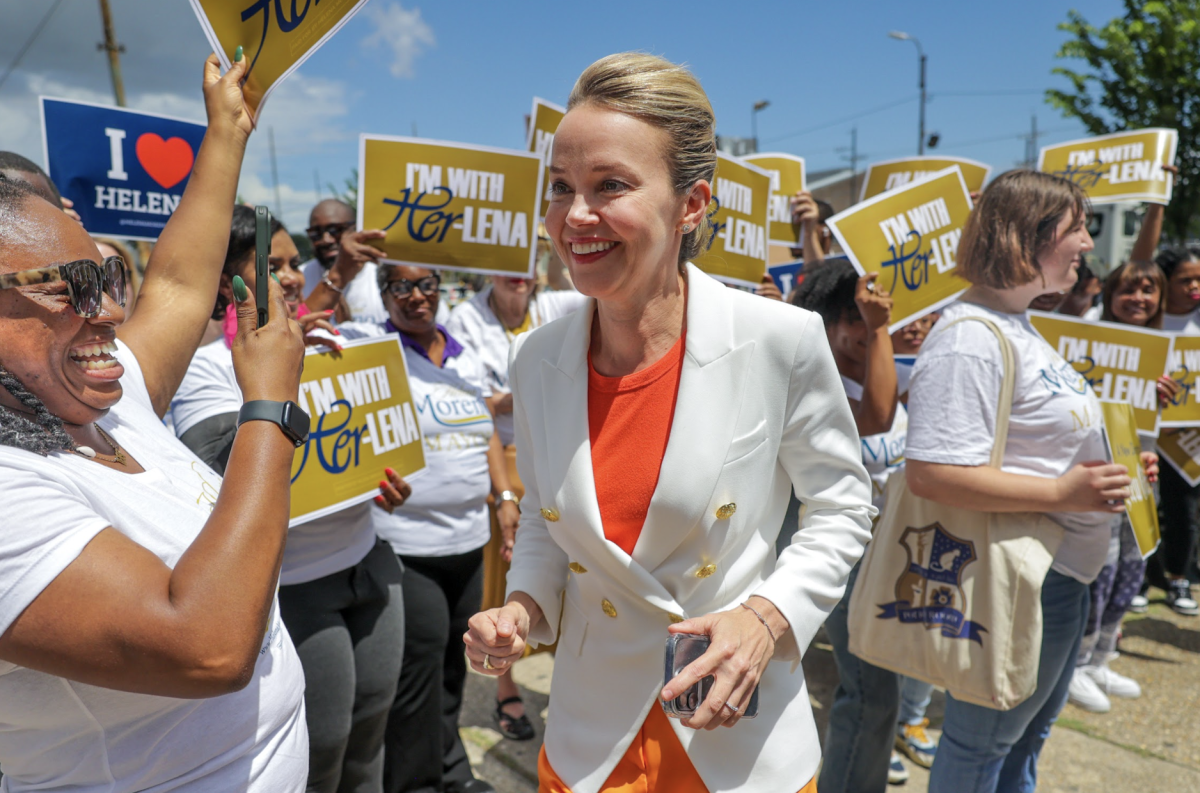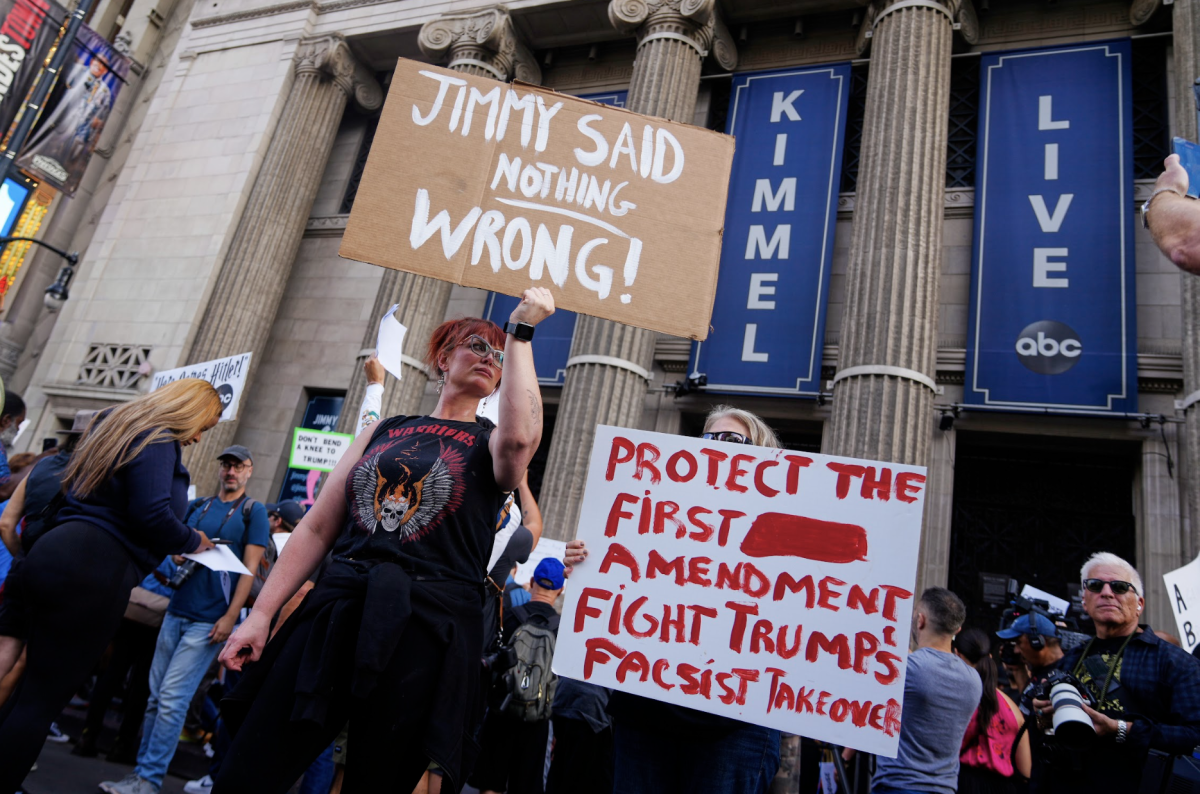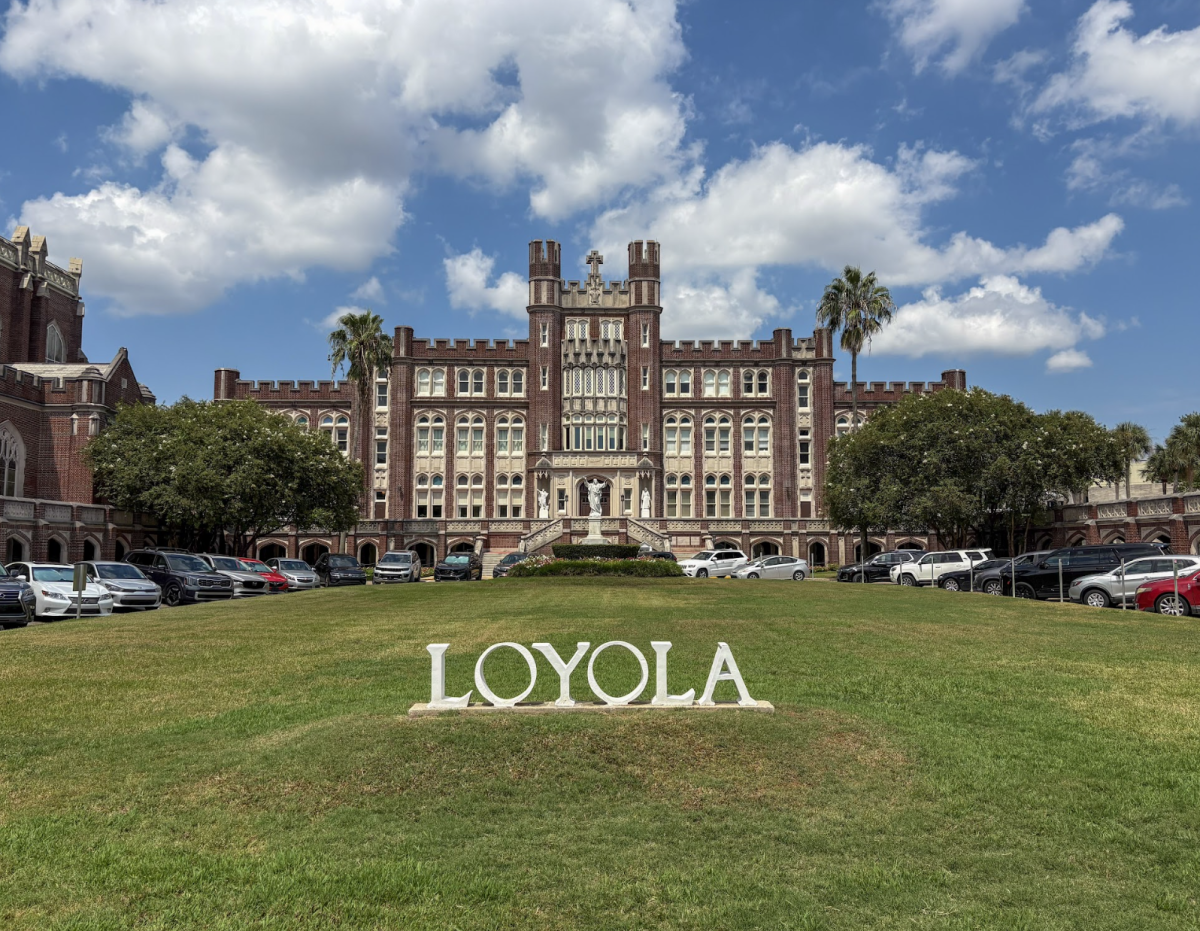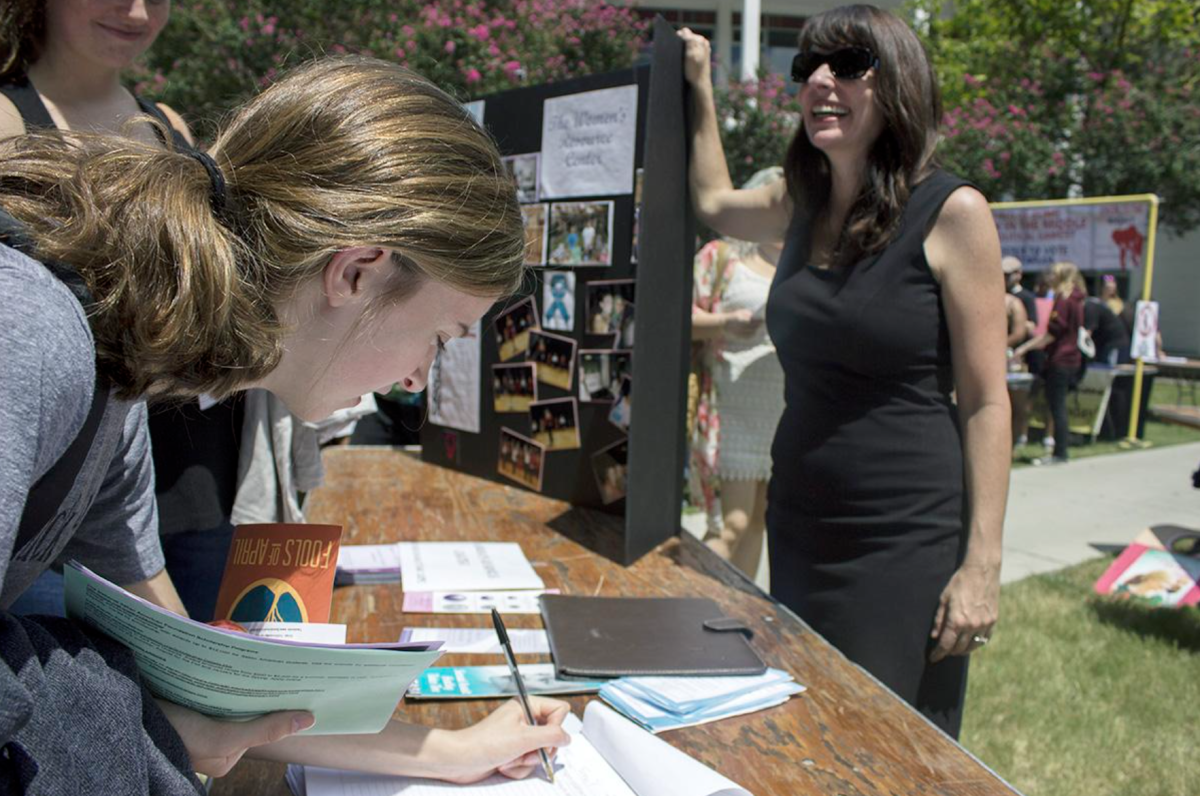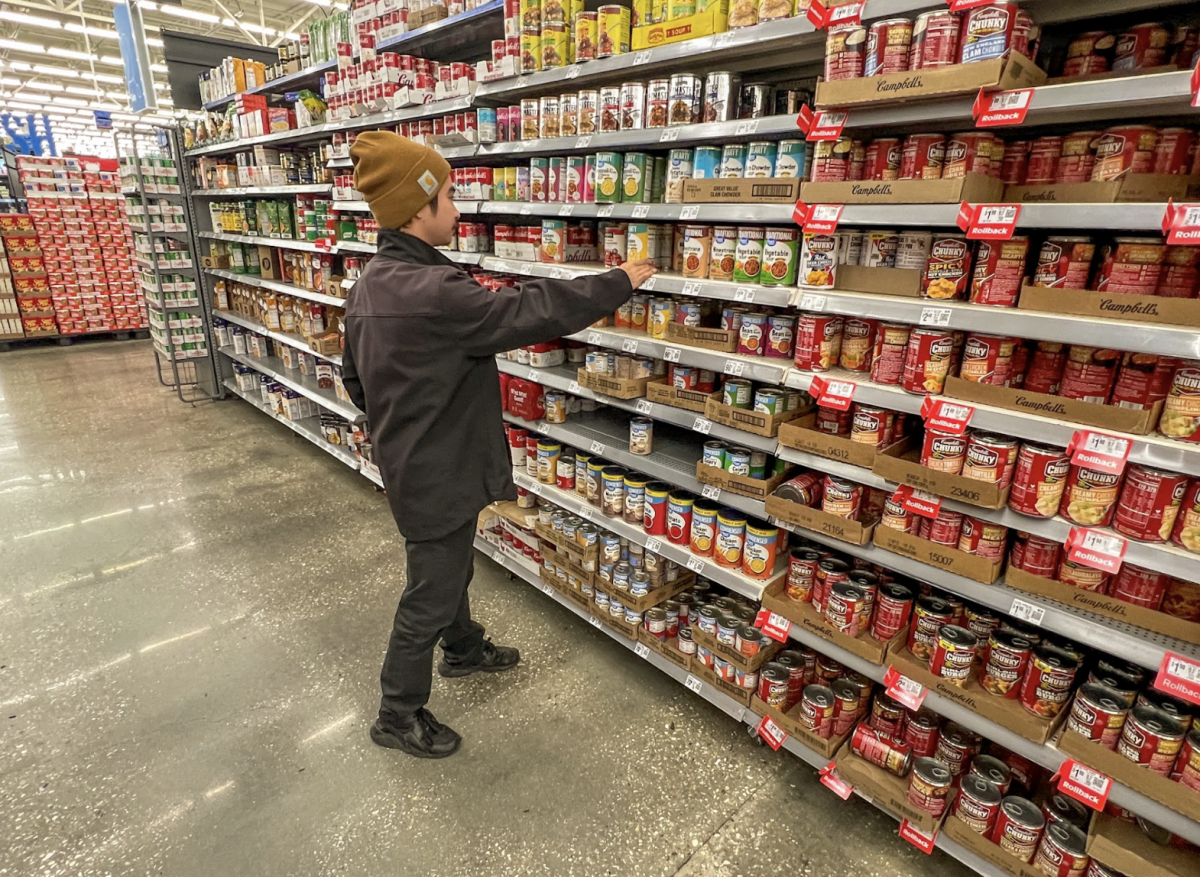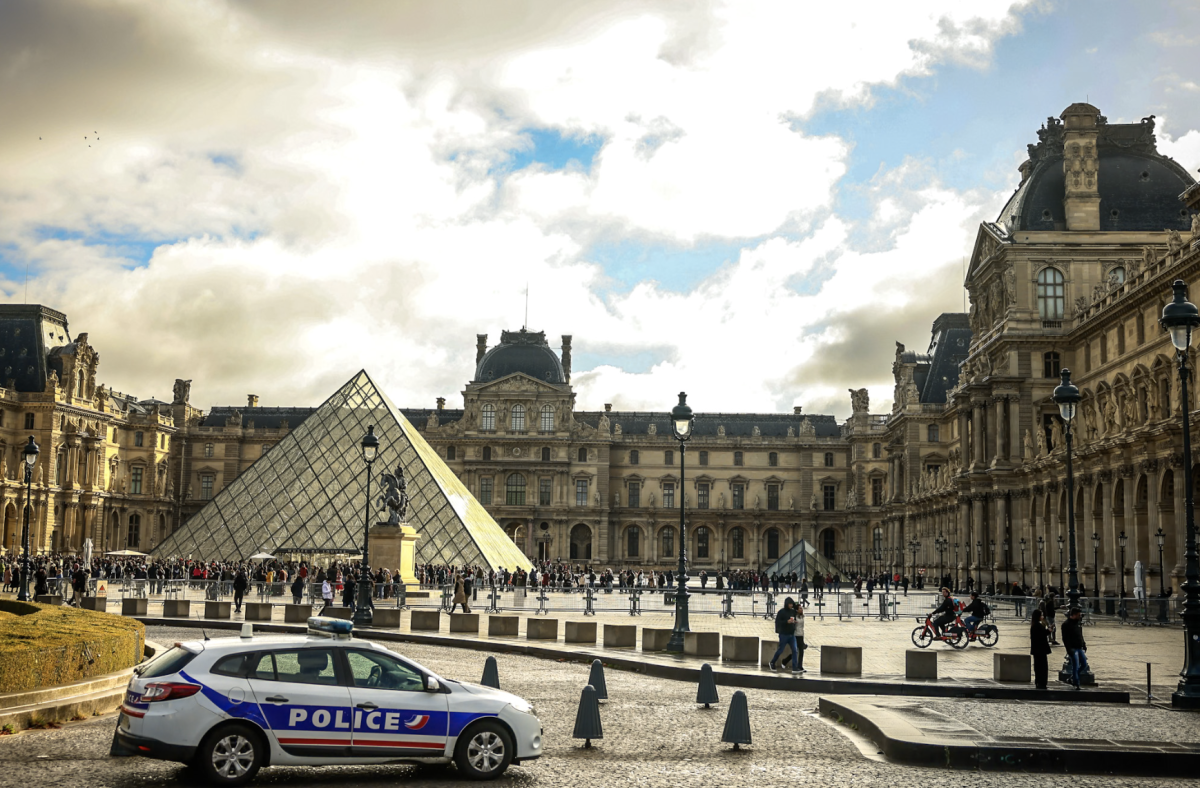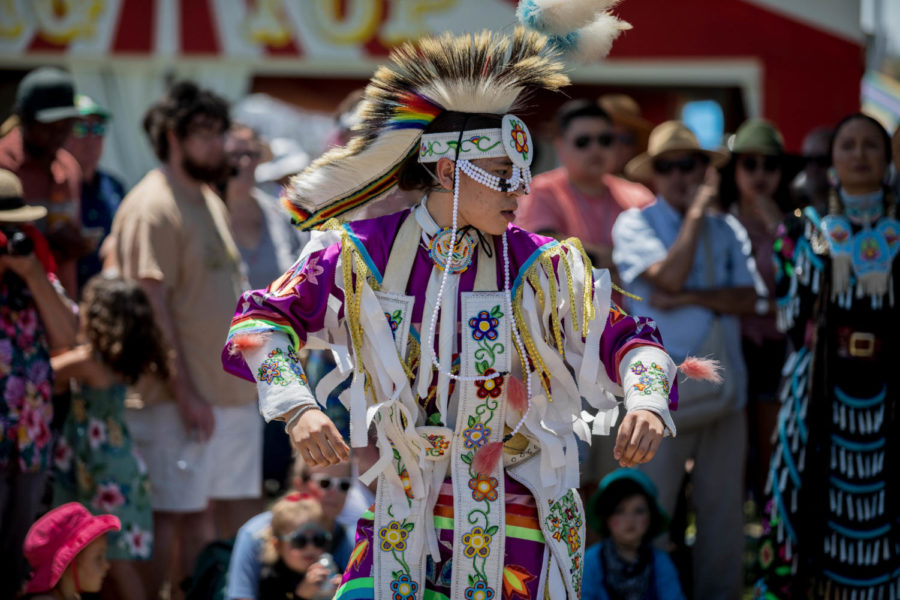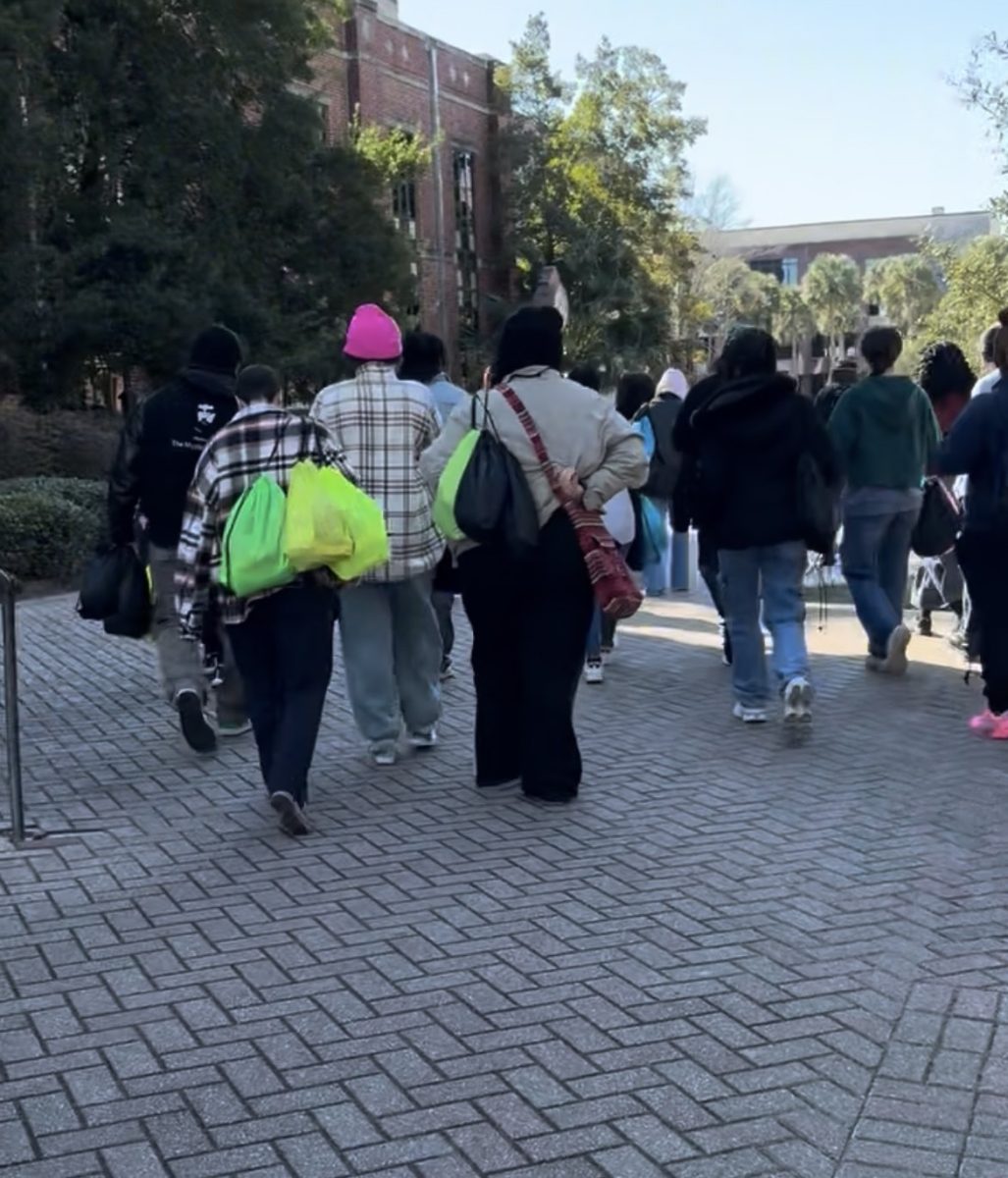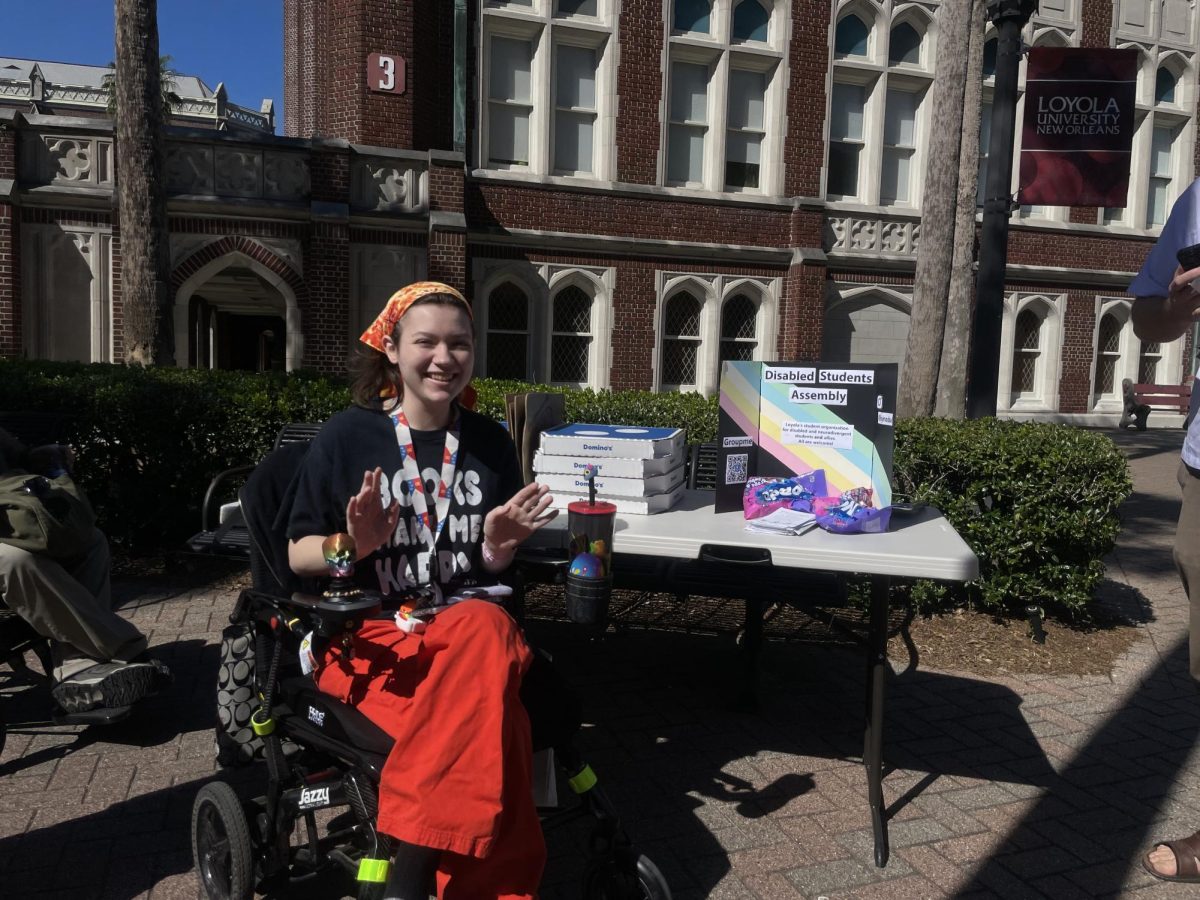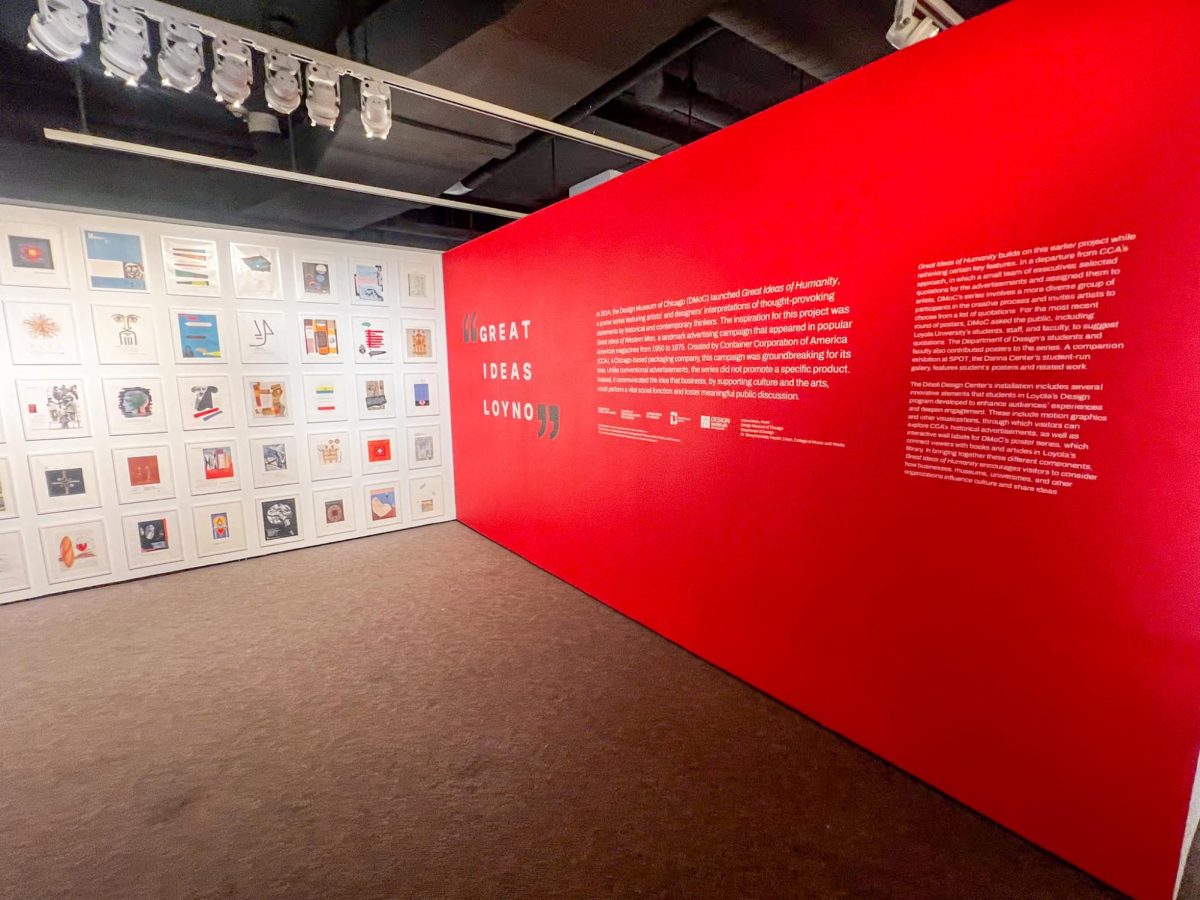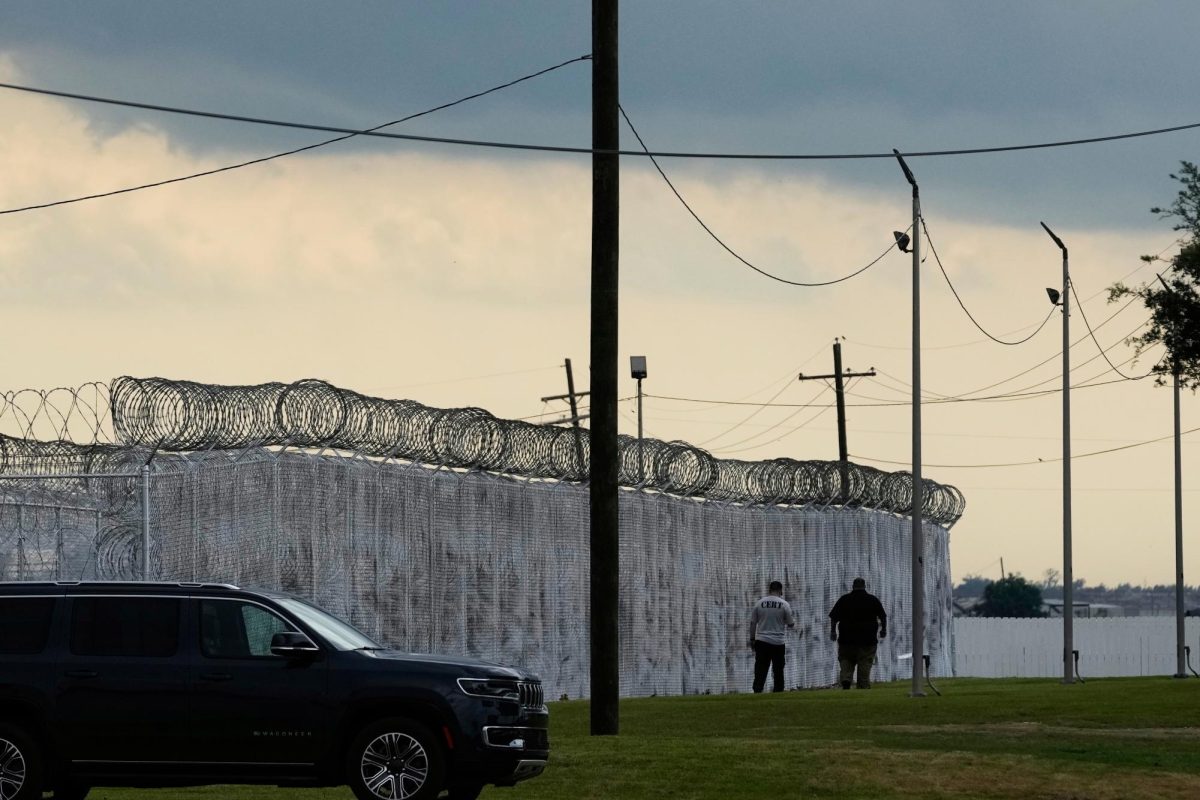Louisiana Governor Jeff Landry will join the federal government in the immigration crackdown at Angola Prison.
Landry’s agenda specifically intends to target the “worst of the worst” criminal undocumented immigrants in the state of Louisiana. Landry has been in coordination with the federal government to develop plans to house undocumented federal detainees in an unused area of Angola prison.
Angola boasts the largest maximum-security facility in the country. The maximum-security prison holds more than 4,200 inmates and is situated on an 18,000-acre farm north of Baton Rouge.
More than half of the inmates housed in the facility are serving life sentences.
The governor made the announcement on Wednesday, Sept. 3. Landry was joined by Homeland Security Secretary Kristi Noem and Attorney General Pam Bondi.
Noem is said to have seen the facility, at one point standing next to a sign that reads “Louisiana Lockup”.
Some critics argue that Camp 47, as it will be called, will raise some human rights and safety concerns by putting them side-by-side with hardened convicted criminals.
Minister Lindy Brasher, university minister for social justice at Loyola University New Orleans, was very critical of the move by Landry and the Department of Homeland Security.
“As a Catholic minister who regularly visits Angola to serve men on death row, I believe we have an obligation to speak out against the plan to convert part of the prison into an ICE detention center,” Brasher said. “From the perspective of Catholic Social Teaching, this proposal raises tremendous moral and human concerns.”
Not only does Brasher believe that the move solely violates basic human rights, but also the biggest commandment of all: to love thy neighbor.
“Migrants and asylum seekers are families, children, and individuals who have often fled unimaginable violence, poverty, and persecution in search of safety. To confine them in one of the harshest prison environments in our country undermines the very commandment at the heart of the Gospel: to love our neighbor as ourselves. Love of a neighbor is not abstract. It requires seeing the face of Christ in those who come to us in need, welcoming them not with suspicion but with compassion. To ignore this is to step away from the very heart of our faith,” Brasher said..
Bill Quigley, JD emeritus Loyola law professor, agreed with Brasher’s ideals about the facility being built, but Quigley also added a legal element to his point.
“By law, ICE detention is not criminal but civil. Putting a civil detention facility in a maximum-security criminal prison is hardly civil,” Quigley said. “In fact, recent ICE reports reveal that less than half of the people ICE is arresting and jailing have any outstanding criminal charges at all. Many are construction workers, agricultural workers, gardeners, and service workers.”
Quigley also expressed worry that the move is intended to spread fear among immigrant communities across the country.
“I fear this is a continuation of political performative detention like the Alligator Alcatraz in Florida [that] may shock and intimidate our sister and brother immigrants and score political points.”
The governor expects that the facility will reach its 400 person capacity. It is said that 51 individuals are already housed in the facility.
The Associated Press contributed to this report.



